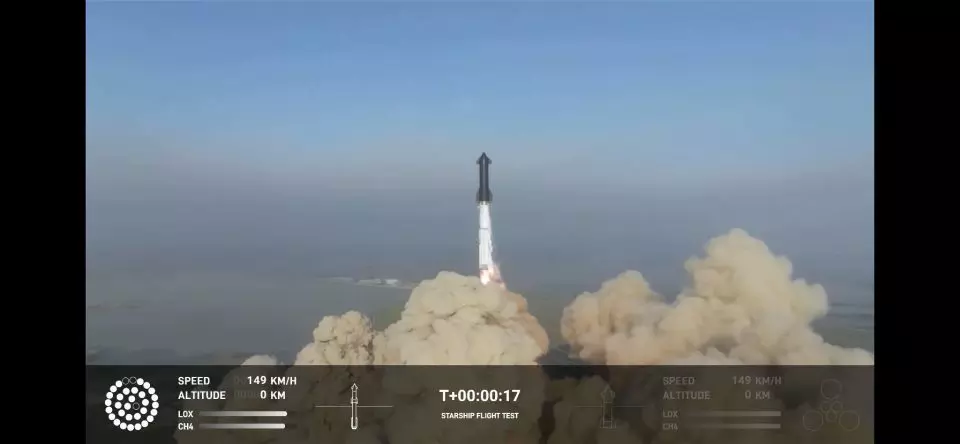
Russia successfully launches Luna-25, its first moon mission in five decades
Only three countries have successfully managed to land spacecraft on the moon – the Soviet Union, the USA, and China.

In its first moon mission in almost 50 years, Russia launched a lunar landing craft Luna-25 from its Vostochny spaceport on Friday (August 11). The Luna-25 took off smoothly from the Vostochny Cosmodrome in Russia's Far East, according to video feed from Roscosmos, Russia’s space agency.
Russia and India are now in a race to land first on the moon. Luna-25 is expected to reach the moon on August 23, the same day India’s Chandrayaan-3 is slated to land.
The last time Russia sent a spacecraft to the moon was in 1976, when it was part of the undivided Soviet Union.
Only three countries have successfully managed to land spacecraft on the moon – the Soviet Union, the USA, and China. In the latest attempts, India and Russia hope to be the first countries to land on the moon’s south pole.
A Russian space analyst said that the study of the moon did not appear to be the objective. Rather, it seemed to be a competition among several countries, including the two current superpowers, USA and China, to lay claim to the title of space superpower.
Russia's goal is to recover Soviet-era space expertise
The analyst said that Roscosmos’s main objective was to just land on the moon, not to carry out any scientific tasks. Russia’s aim seems to be to recover the expertise it had during the Soviet era. Roscosmos said it wanted to show Russia “is a state capable of delivering a payload to the moon,” and “ensure Russia’s guaranteed access to the moon’s surface.”
Russia’s space program has been impacted by the sanctions imposed on it after the Ukraine invasion. It has been difficult for it to access western technology, as a result of which it gave up the idea of carrying a small moon rover because it would have increased the craft’s weight.
Scientists find the lunar south pole of great interest because they think the craters may contain water, and that the frozen water could be transformed into air and rocket fuel. One of the objectives of the Luna-25 is to take samples of moon rock and dust.
ISRO congratulates Roscosmos on successful launch of Luna-25
The Indian Space Research Organisation (ISRO) on Friday (August 11) congratulated Russia’s space agency Roscosmos for the successful launch of Luna-25.
“Congratulations, Roscosmos on the successful launch of Luna-25. Wonderful to have another meeting point in our space journeys. Wishes for Chandrayaan-3 & Luna-25 missions to achieve their goals,” ISRO said on X (formerly Twitter).
Congratulations, Roscosmos on the successful launch of Luna-25 💐
— ISRO (@isro) August 11, 2023
Wonderful to have another meeting point in our space journeys
Wishes for
🇮🇳Chandrayaan-3 &
🇷🇺Luna-25
missions to achieve their goals.
(With inputs from agencies)

